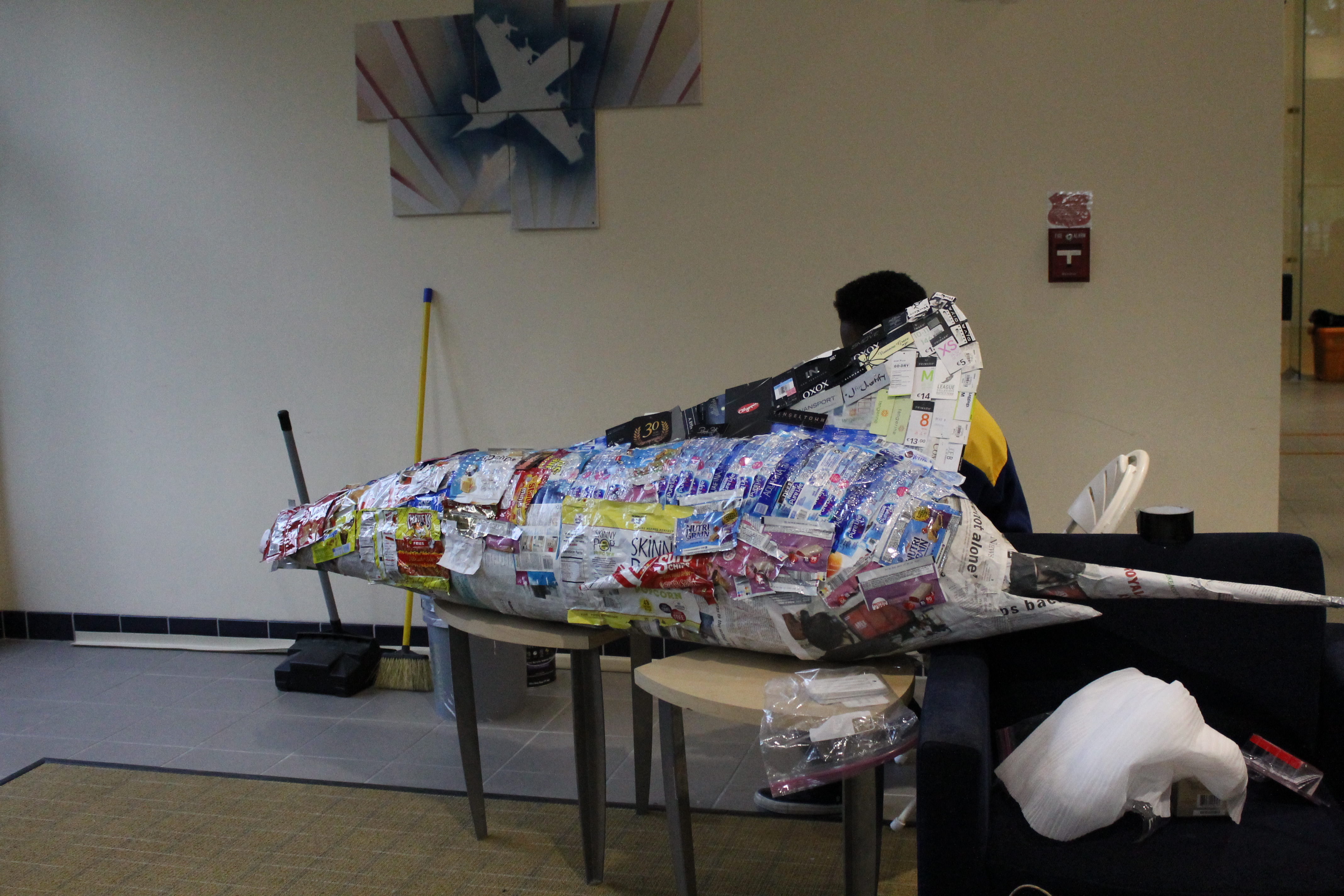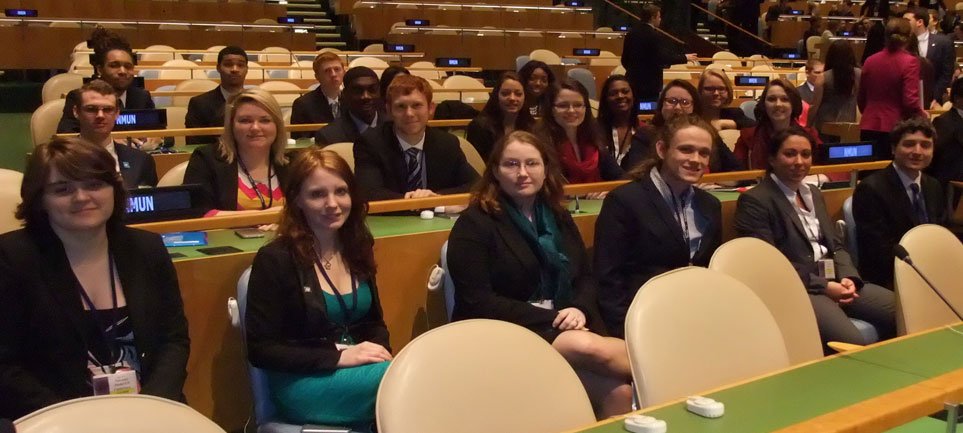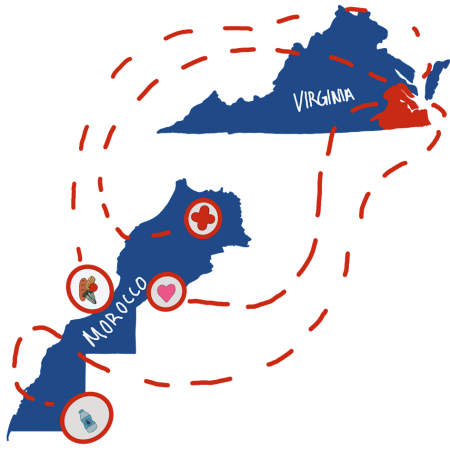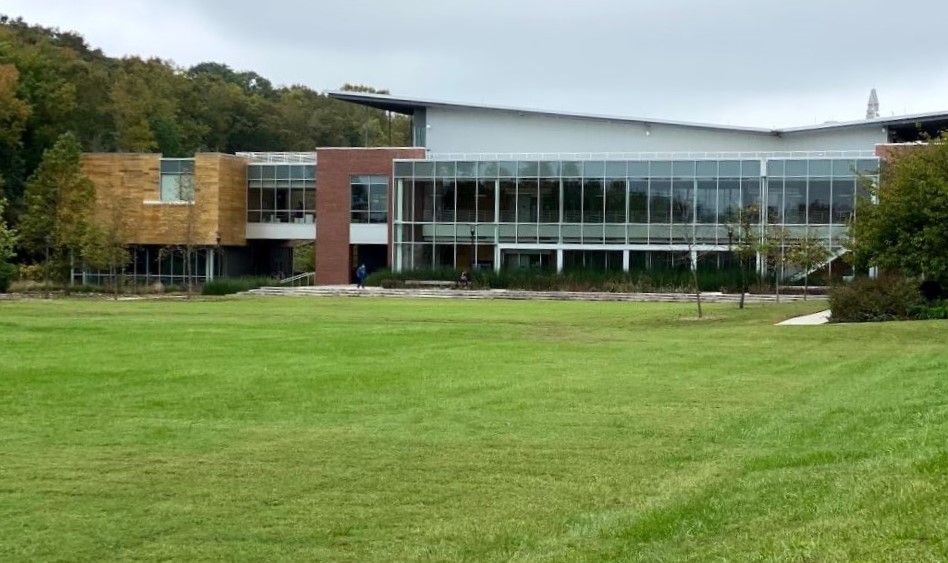On Monday, April 22, people across the U.S. celebrated the 49th annual Earth Day. But this year, Wesleyan took the event one step further by introducing its first-ever Earth Week, to be held the week of April 23 – 27. A poster about the different events invited the campus to check out Wesleyan’s “green thumb and environmental awareness,” both of which were on display as the week progressed.
Earth Week was co-sponsored by the Physical Plant and the President’s Environmental Issues Council, although different groups on campus helped host individual events. Movies, “trash-to-art” presentations, t-shirt upcycling and more helped educate and excite the community about the environment.
Micaela Morris, the assistant director of Physical Plant Operations, said that the idea for Earth Week was a joint effort between several different people. “We were just looking at the computer one day and we were like ‘we should do something for Earth Day,’” Morris said.
However, Earth Day fell during Wesleyan’s Easter holiday, which prompted the transition from a single day to an entire week of educational festivities.
Among those who helped turn Earth Week into a reality was the sustainability and clean energy intern at the Physical Plant, sophomore Ashley Roerhman. Roerhman is an environmental studies major and has been involved with campus sustainability through organizations such as Marlins Go Green for several semesters.
Morris called Roerhman “amazing” and said she was instrumental to planning enough events for the week. “We looked at what other schools were doing,” Roerhman said. “We looked at what we could do based off our resources.”
“We just started throwing out ideas here and there, we had a whole lot of ideas,” Morris said.
“Pinterest was also helpful,” Roerhman joked.
The sheer amount of proposals ensured that Wesleyan’s first Earth Week would be busy, but also let the team set aside ideas for next year. Among those were an eco-poetry slam, live performers and hiring local vendors to educate students and sell their wares.
This year, the week kicked off with a movie about food waste and a talk from NASA speaker Yolanda Shea.
Wednesday also featured a speaker, VWU alumni Sydney Covey, as well as the highly-anticipated reveal of the “trash-to-art” Marlin statue. At the beginning on the month, Ginny Videll sent out a request on behalf of the Physical Plant for recyclable items to make a Marlin statue. The items could be dropped off or scheduled for a pick-up, in order to allow for maximum participation. Speculation about what a statue would look like abounded, and was thoroughly satisfied at the unveiling.
Thursday was the only day to feature three separate events: a job and internship fair centered around environmental sustainability; a guided walk and meditation in the woods around campus; and a BYOS (bring your own shirt) upcycling tye-dye event.
Clean ups will take place on Friday and Saturday on the Wesleyan campus and in the surrounding community respectively. Volunteers were welcomed and appreciated as VWU closed out its first annual Earth Week with a time-honored and effective environmental tradition.
“The main goal [is] awareness,” Roerhman said. “I think if we’re talking about [sustainability] and practicing it on campus people become more aware, and it just becomes part of your life. It’s like the more exposed you are to something, the more normal it becomes.”
Morris agreed that increasing awareness about sustainability was what she wanted from Earth Week “more than anything.” “That is what it is for me. It’s one big project, one goal but ultimately one message: sustainability,” Morris said.
Roerhman added that, “Having a fun time is a main priority, but also maybe thinking outside of the box.” She used the examples of upcycling t-shirts for the tie-dye event and collecting recyclable materials to craft the Marlin statue. Both activities utilize sustainability principles, but in less traditional ways than many people are aware of.
“[These are] fun activities that show that you can make new stuff with things you’ve used before,” Roerhman said.
Some common activities that students can do to help save energy and increase sustainability at Wesleyan include turning off lights when not in use; using less water during showers and other high usage activities; recycling materials instead of throwing them away; reusing materials when at all possible and becoming aware of what materials are being most commonly used and how often.
Roerhman gave one specific example of hanging clothing to dry instead of using the dryer, which saves energy.
Morris suggested becoming involved in community efforts. “Know your community,” Morris said. “If you get into those organizations and get to know your people, you’re able to be more informed about how you can help out.”
Plans for the next Earth Week at Wesleyan are already tentatively underway.
“This is just the groundbreaking first one, and hopefully we can add on next year and it’ll get bigger with time. I’m very excited,” Roerhman said.
Mickella Rast
mjrast@vwu.edu



